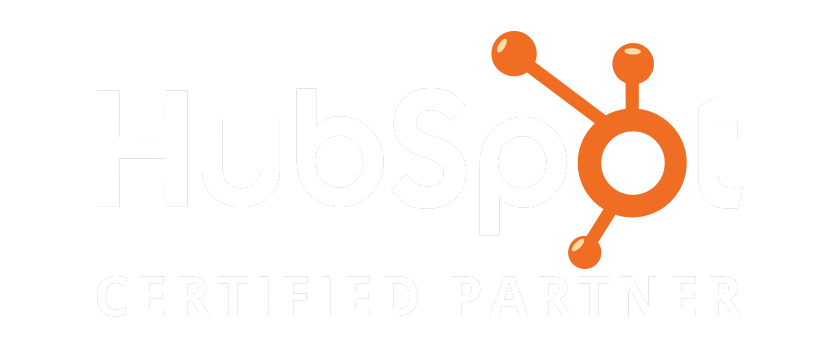So, you have an interest in marketing your company or personal brand. That’s right up our alley, and we can help explain some of the basic elements of effectively communicating that apply to content marketing and conversation!
Regardless of your message the same four basic elements apply. This is also true of any communication system you use, whether a conversation or digital content marketing. These four elements are:
- sender and receiver (also called sender and encoder).
- medium (also called format).
- channel.
- feedback.
Sender and Receiver
Let’s talk first about the sender and the receiver. You want to advertise your business. To do this, you have to choose the medium and channel of communication that your target audience likes and enjoys. That means if they like Twitter then you advertise on Twitter using their ads system. If most of your target audience likes Facebook then you purchase Facebook ads, and you create a Facebook page. If your readers want blogs you create a blog and use content marketing.
In personal communication, when you hold a conversation with your significant other, you both function as sender and receiver of each other’s messages. You must choose your message and quickly and clearly convey it directly to the receiver.
The same rings true of advertising using digital content marketing. In a radio or TV spot, you have 30 seconds or less to convey your message. Most of it is the call to action. Brevity and clarity bring success with digital content.
In personal communication and TV, you can use photos and videos to help illustrate your point. In radio, you have to use words only. Print ads and online ads can use text with a photo or a video. They provide the greatest diversity. You can extend the information you share in a print ad by using a QR code that leads to a web page with further information. This can lead to any content marketing tool — blog, landing page, etc. When you choose to advertise, you need to pick your spokesperson.
Picking Your Medium or Format
Your medium refers to whether you use flyers, print ads, TV ads, radio ads, Internet ads, etc. Mediums that intrude on people’s privacy or interrupt their day are discouraged. This includes using robo-callers or other automated contact formats that pepper the consumer with spam. Spam causes people to block ads and ignore products.
Part of your content marketing consists of conducting target audience research to learn how your potential consumers like receiving messages. If they love Marie Claire and Harper’s Bazaar, you know to choose those magazines. Your research may only turn up that they like women’s magazines more than radio ads. You have to delve further to find your channel for your content.
Choosing Your Advertising Channel
If you want to reach an audience that loves your product, you have to advertise it where they’ll see it. Now that we know your audience likes magazines, we know that you need to create a print ad. You’ll design a magazine ad that reaches the magazine’s readers with your product using a message that appeals to them. Another advertising example is when you determine you could best reach your target audience through social media advertising.
The important combination of format and channel applies to every type of advertising or communication. For example, news media write some content articles for the web (format) and place them on mobile web pages (channel).
Getting Feedback and Implementing It
Feedback can be subtle or direct. If many users on Facebook choose the option that blocks your ad from showing, you need to find out why they blocked and have that ad re-designed. If they opt-out of your email ads, you should use a one-time survey to find out why. Once you learn their why, listen to their feedback and change your strategy. No matter how fabulous your digital content, it has to fit your target audience’s needs and wants, or you get blocked or muted.
In personal communication, we call this listening. When someone tells you something, just listen. If they say they do not have time for a conversation with you, you schedule a time to meet up with them that works for both parties. Similarly, in advertising, you need to choose the best time of day to reach the person. This might be during prime-time on TV or during their favorite podcast.
In a conversation, you practice active listening. This means focusing on the words of the other person and their meaning, so you understand what they’re saying. Rather than planning your response while the other person is talking, you actively and intently listen to their words. After they finish speaking, ask to clarify any points you did not understand. Pay attention to tone and body language. Conversations go better if you can both take a friendly tone of voice and assume an open stance body language with relaxed legs and open arms. Show confidence and empathy when conversing or advertising as well as respect.
Successful Communication
No matter what your message, you need to keep it clear and concise. While you might like texting all day or Facebooking every afternoon, others may not. Instead of coming off as a pest, on a personal level, or as an advertiser, choose your message wisely, be brief, and deliver it using an appropriate channel.
Contact Bake More Pies for more help with the essentials of effective communication and content marketing! We can help you create the ads for your product or service and create the content marketing strategy to get them in front of consumers. That way, you too can bake more pies soon.



